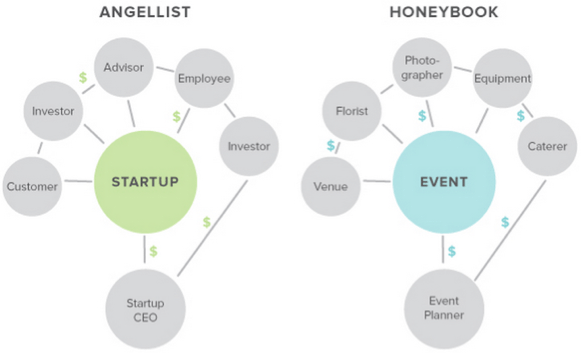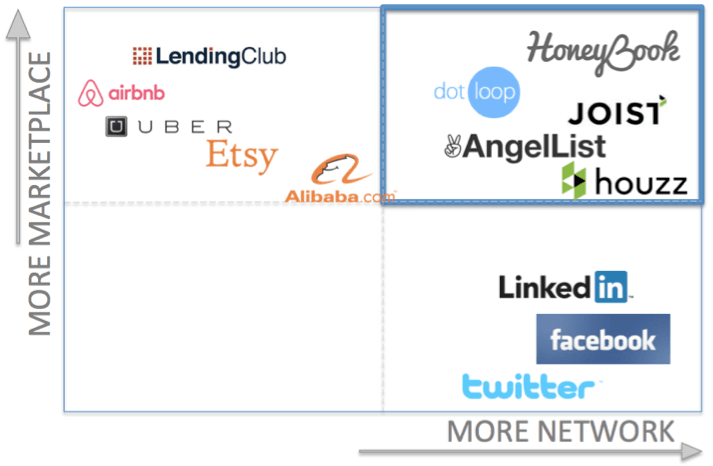Via @CelioRod cheguei a "
Hunting for the Insurance Industry’s Own Airbnb". Mais exemplo do momentum que está a ser criado pela plataformas e que varrerá o mundo transformando-o e eliminando a herança do século XX.
.
Quando eu era muito miúdo na aldeia do meu pai havia o "Acordo das vacas". Os homens faziam entre eles uma espécie de seguro para que se uma das suas vacas morresse os outros contribuíam com uma parte para que não perdesse tudo. Imaginem, sem intervenção do Estadinho!!!
.
Por isso, depois do trabalho sujo feito por plataformas suportadas por poderosos business-angels, o trabalho de combater o status-quo incumbente, ficará aberta a porta para as plataformas cooperativas.
.
Voltando ao texto:
"The principle behind many of these startups is the same: peer-to-peer insurance in which groups of customers pool premiums. Claims are initially paid from this pooled money, and traditional reinsurers act as a backstop if payouts exceed the pooled amount. Any money left in the pot at the end of the year is returned to customers in the form of cash back or discounts. Customers are incentivized not to make frivolous claims, while the companies get nothing from denying claims. Ideally, everyone wins.
...
The Berlin startup currently offers home, private liability and legal expenses insurance in Germany. But the company has bigger goals. “We have an international ambition and a model that can be applied in any market. Our first expansion target for 2016 will be Australia,” says co-founder Tim Kunde.
.
It's entirely possible that, once consumers understand the concept, the appetite for this kind of “peer-to-peer insurance” could eventually be as large as Kunde envisions. “So far, more than 80 percent of users received some of their insurance fees back. In the property insurance line, the average cash back was 33 percent of the paid insurance fees,” says Kunde. From the customer's perspective, what’s not to like?"
Já oiço as seguradoras de braço dado com a Antral a gritar contra esta inovação.











